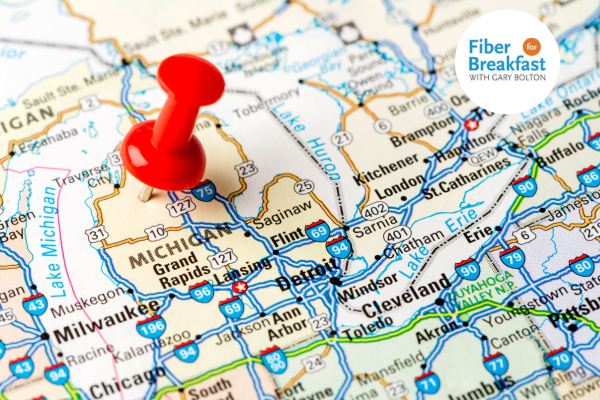Building a “No Regrets” Fiber Network
Building today’s access networks, such as those coming into service over the next 5 years with NTIA BEAD funding, is as much planning for tomorrow’s needs as well. As more video services go Over-The-Top (OTT), today’s network standards are showing some strain at peak usage.
“We’re all looking at the next generation technologies, XGS as well as 25G PON,” Eckard stated. “The challenge we have is predicting the future. We just had these new [Apple] VR goggles released this past week. When we have low-latency, high-capacity networks covering the entire country, you can only imagine the types of applications and drive for bandwidth it’s going to cause. I don’t think it’s going to be a nice linear curve; it’s going to be just like it has been in the past, a nice exponential curve.”
Fiber PON technology provides a “No Regrets” network architecture that is easily scalable for both residential and business use, with the inherit ability to support GPON, XGS-PON, and 25G PON services in parallel on the same network, with different services operated over different wavelengths of light using the same fiber. Upgrading to faster services simply means replacing the OLT on the service end and a new ONT on the customer end, with the 50G and 100G speeds supported in the same fashion in the future.





